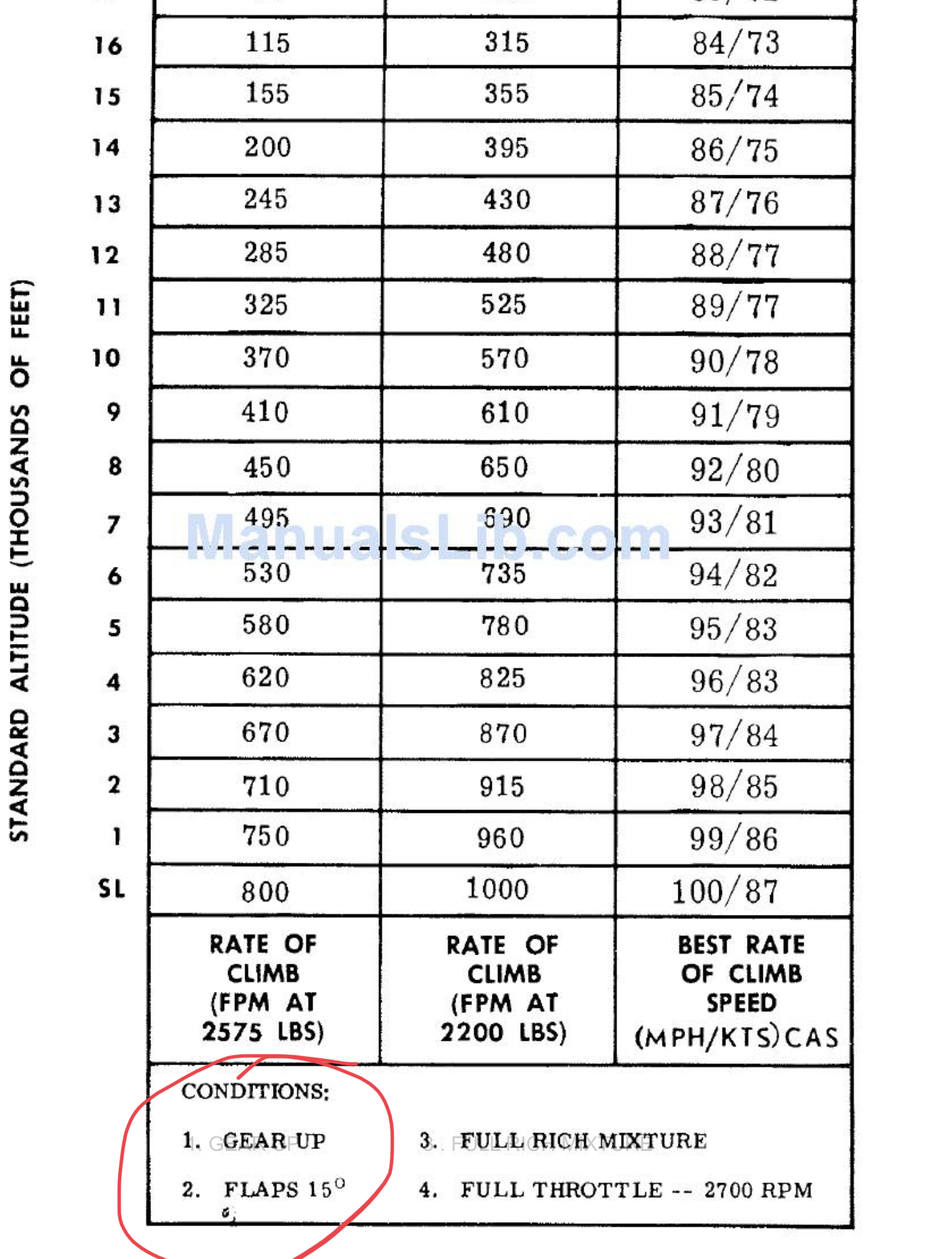At least per POH, why do some light aircraft use flaps for a normal takeoff and others do it clean?
Is it universal among large aircraft that flaps are used for takeoff?
Obviously I know what flaps do and why they’re used. I’m just wondering why some aircraft POHs consider nil flap optimum for a normal takeoff and others specify one stage / ten degrees / whatever you call it.
The POH for nearly all Robin take offs is to set take off flap, whereas most light twins call for a flapless take off, under normal conditions.
Its a good question to which I have no real answer except that it does make a difference in the performance charts, at least for most light twins I have flown.
It’s not just the AFM, it is also the school – PA28 (0-2 stages) + C172 (0-1 stages) – different setting for different a/c in different schools.
Personal preference of the HoT/CFI?
Good question and if you looks at various POHs the answers are all over the place. For example, some C172s have flaps10 for short field, others not. The C182Q POH recommends zero for normal, but 20 for soft field. The C210 varies by model.
Of the two types of twins I fly, the Tecnam POH calls for 15deg on take off and this one really needs it. My instructor once demoed that on a very long runway where we took off with zero flaps. We did get airborne eventually, although it took a while. The Baron (at least the BE55) doesn’t use any for takeoff.
I think all large transport category airplanes use some sort of flap to enhance lift on takeoff.
I often encounter this when testing on PA28s
“why did you use 10 deg flap for take off?”
Candidate – “my instructor told me to”
This often after the candidate has beautifully presented me a load of performance calculations based on the charts for a flapless takeoff, and nowhere is there a 10 deg flap chart or technique in the AFM.
Big aircraft have to generate the optimum lift profile over a large speed range so will inevitably use flap for takeoff configuration.
The other debate this triggers is that for touch and go – reconfigure on the runway or when climbing away?
MattL wrote:
The other debate this triggers is that for touch and go – reconfigure on the runway or when climbing away?
@MattL, actually, no! :)
The most pressing question is: do you select the “flaps up” right before the full power or right after? (shorter runway).
Again, differs between schools. Even between instructors in the same school!
MattL wrote:
The other debate this triggers is that for touch and go – reconfigure on the runway or when climbing away?
IMHO that depends on the flap setting you landed with. Some airplanes will either not climb at all or with great difficulty if you try to get going with full flaps. Classic example are the older Cessnas with the 40deg setting. Also, you most likely landed with a trim setting that’s way off for takeoff, so – on the runway.
Takeoff distance is mix of climb distance & ground roll:
- Partial flaps surely will reduce ground roll due to lower stall speed while one may not be able to accelerate on full flaps
- Full flaps will surely will reduce climb rate but partial flaps are likely to reduce Vy and increase L/D, hence improves climb gradient
The overall results is “partial flaps” may enhance your ground roll & climb gradient, I think it all boils to higher L/D and higher excess of power, the effect can be measured by flying aircraft and getting ROC vs ASI on various flap settings and getting the VS0-VS1 delta
However, the whole concept relies on adjusting “lift off & rotation speed”, if one selects 2 stage of flaps in PA28 and drive it on the ground up until 80kts, the benefit of 2 stage of flaps is likely to vanis away
Some aircraft have their max rate of climb published on positive flap setting like Cherokee Six & Mooney M20C ranger, the first is very overpowered, the second, I can’t understand the physics behind 
https://jasonblair.net/wp-content/uploads/2015/06/Piper-PA-32-300POH.pdf
https://www.manualslib.com/manual/1336818/Mooney-Ranger-M20c.html?page=77#manual


The other debate this triggers is that for touch and go – reconfigure on the runway or when climbing away?
My preferred way is to stay on takeoff config during landing if full stop is not an option, if the runway is very short to require full flaps, probably TnG is not a good idea?
Also works for night & instrument, all I have to do is add full power pitch for speed and tiny re-trim, no need to fiddle with anything else in the heat of the moment (while I can reconfigure, I am never satisfied with it, it’s ugly & hastily, I prefer to keep smooth takeoff, for the bad sub-optimal landing without full flaps, I can live with that: usually non-event with some sideslip)
The only caveat is gear warnings without full flaps in some aircraft….
This depends heftily on the wings geometry. A fast and clean wing often comes with a high stall speed and thus needs a long ground roll on zero flaps. A somewhat more robust profile is happy without flaps and there’s no big difference in ground roll. It also depends on power-to-weight-ratio and sort of this. Another point is handling, so if there’s a lot to do after takeoff maybe put the flaps as optional to decrease workload.